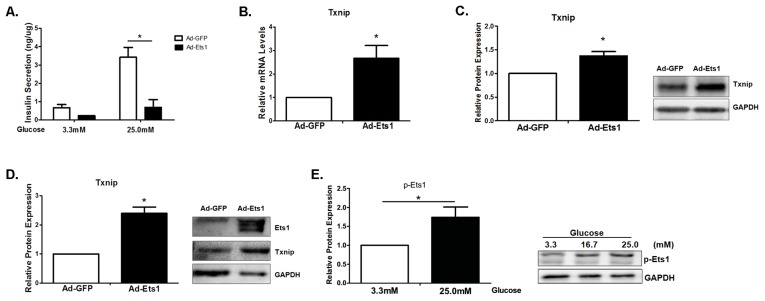Figure 2. Ets1 inhibits glucose-induced insulin secretion and induces expression of TXNIP in mouse islets.
(A). Adenoviral mediated overexpression of Ets1 inhibited glucose-stimulated insulin secretion in cultured mouse islet cells. Islets overexpressing EGFP were used as controls. Insulin concentration in the culture media was measured by mouse insulin ELISA kit as expressed as ng per µg of total islet protein. (n = 3/group; n is independent experiment). (B). TXNIP mRNA was induced by overexpression of Ets1 in Min6 cells as determined by RT-qPCR. (C). Overexpression of Ets1 induced TXNIP protein in Min6 cells. (D). Overexpression of Ets1 induced TXNIP protein in isolated mouse islets cultured under 20 mM concentration of glucose. (E). High glucose induced the phosphorylation of Ets1 in Min6 cells. Min6 cells were cultured under different glucose concentrations of 3.3, 16.7 and 25 mM. Endogenous Ets1 phosphorylation was detected by Western blot analysis with anti-Ets1-T38 phosphorylation antibody. GAPDH was used as loading control. (n = 3; values are shown as mean ± SD. *p<0.05, t-test)

